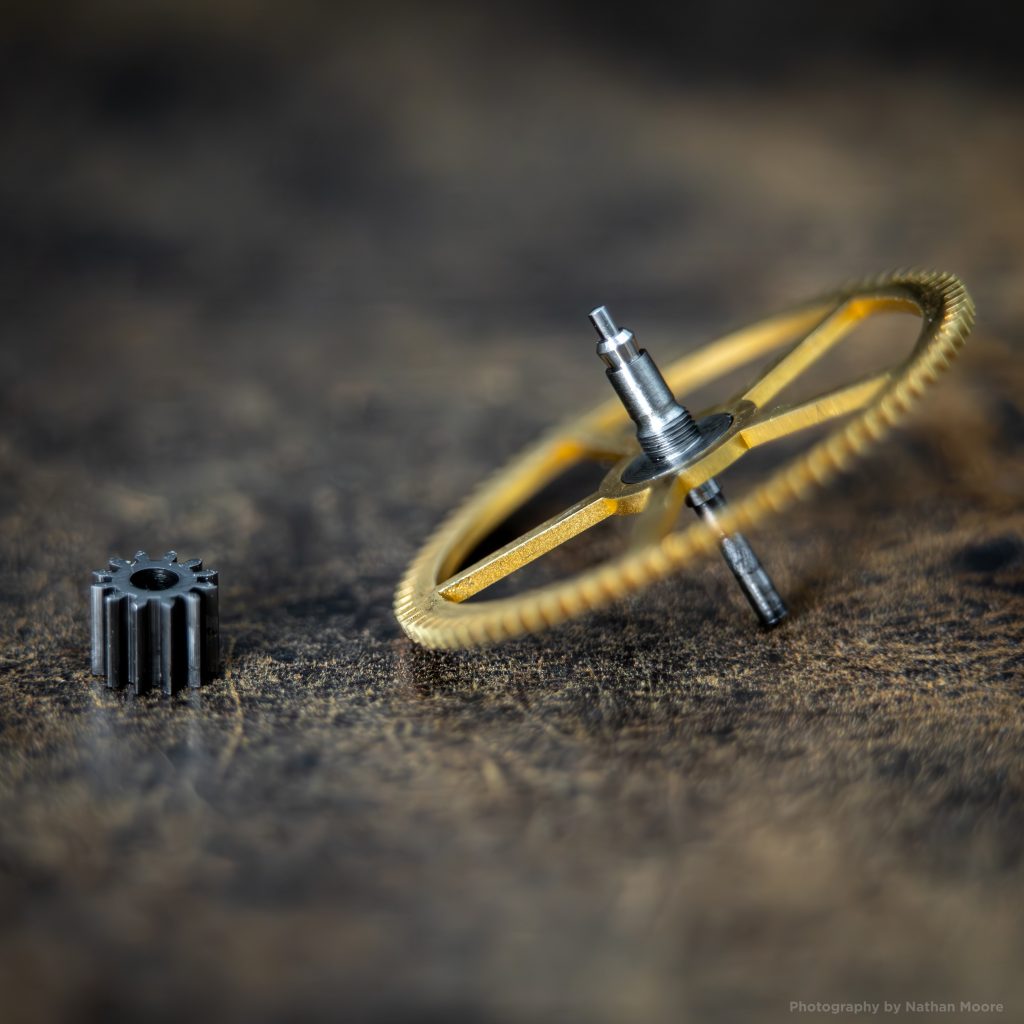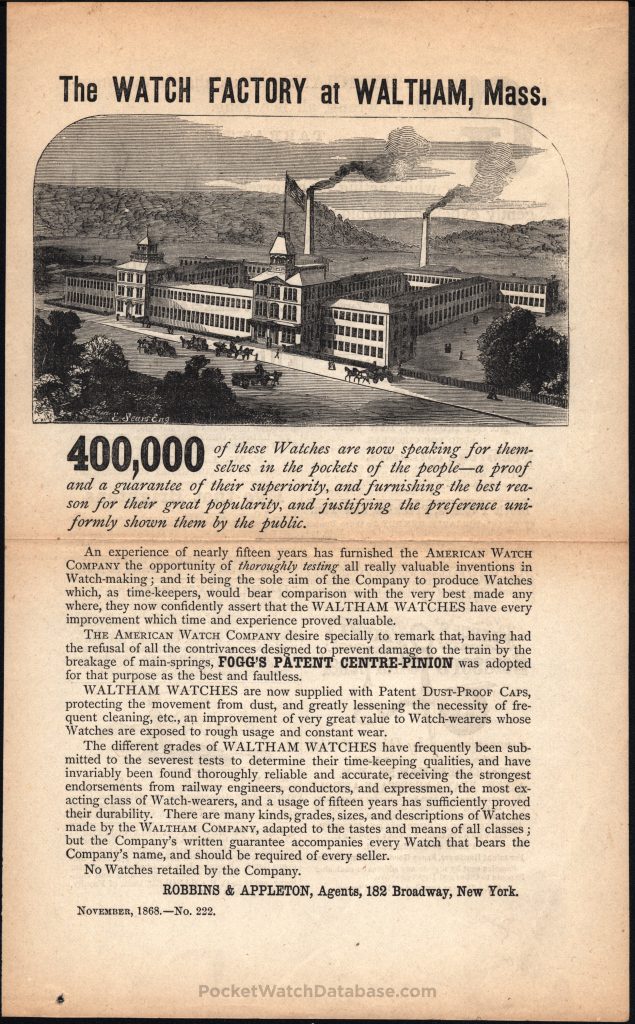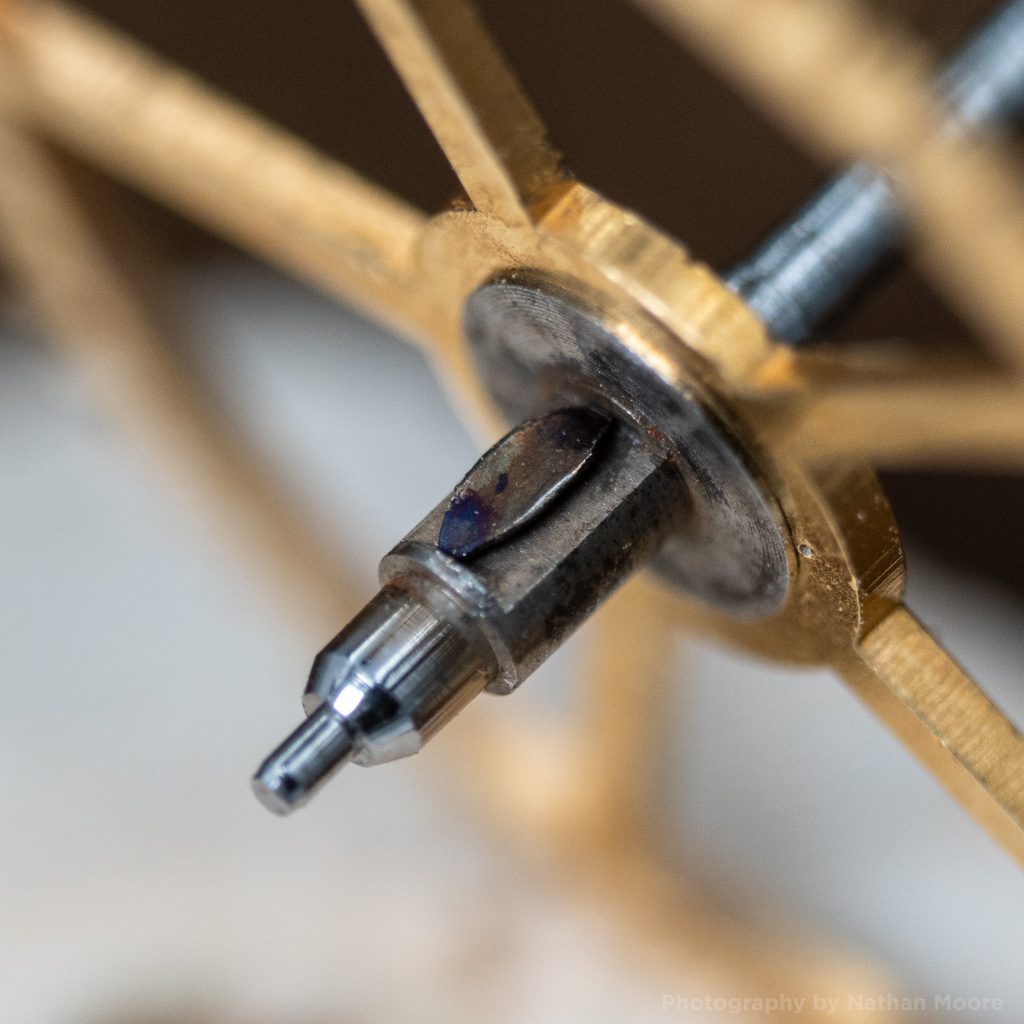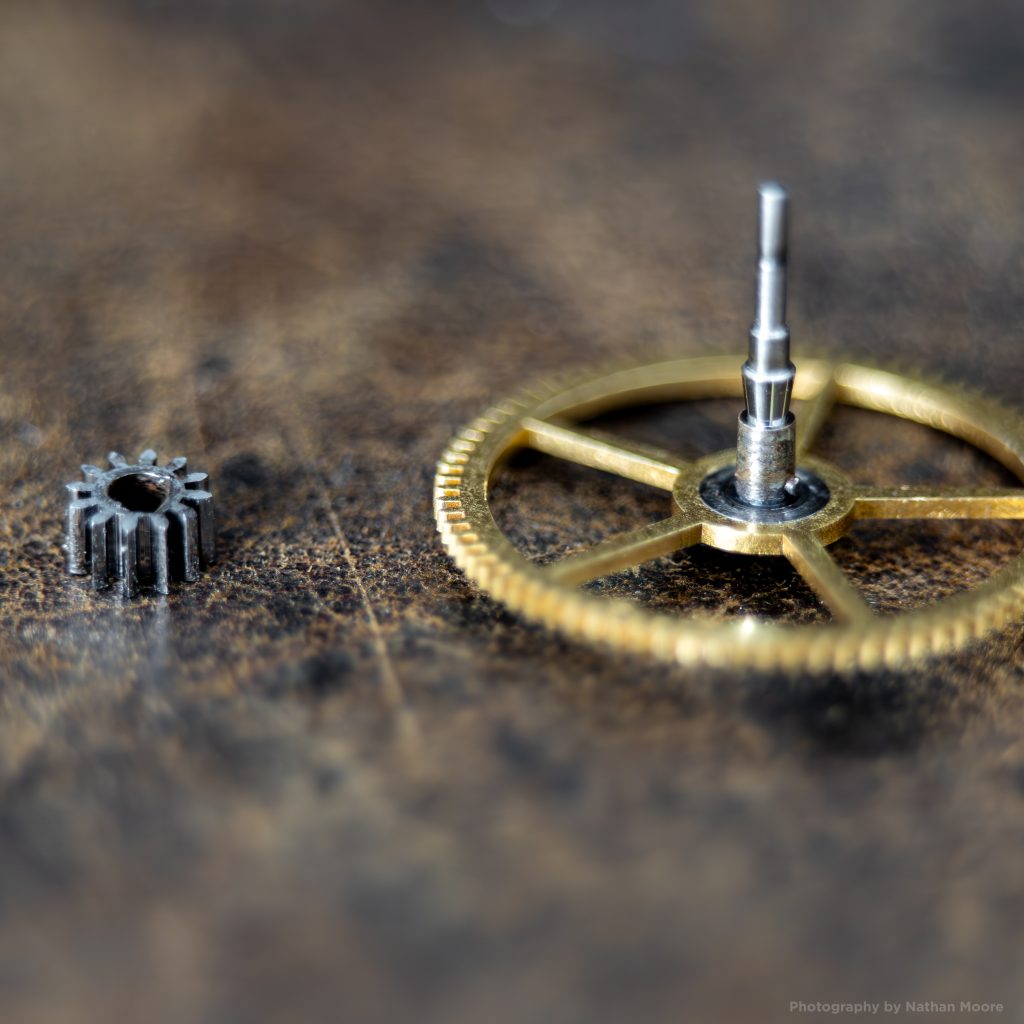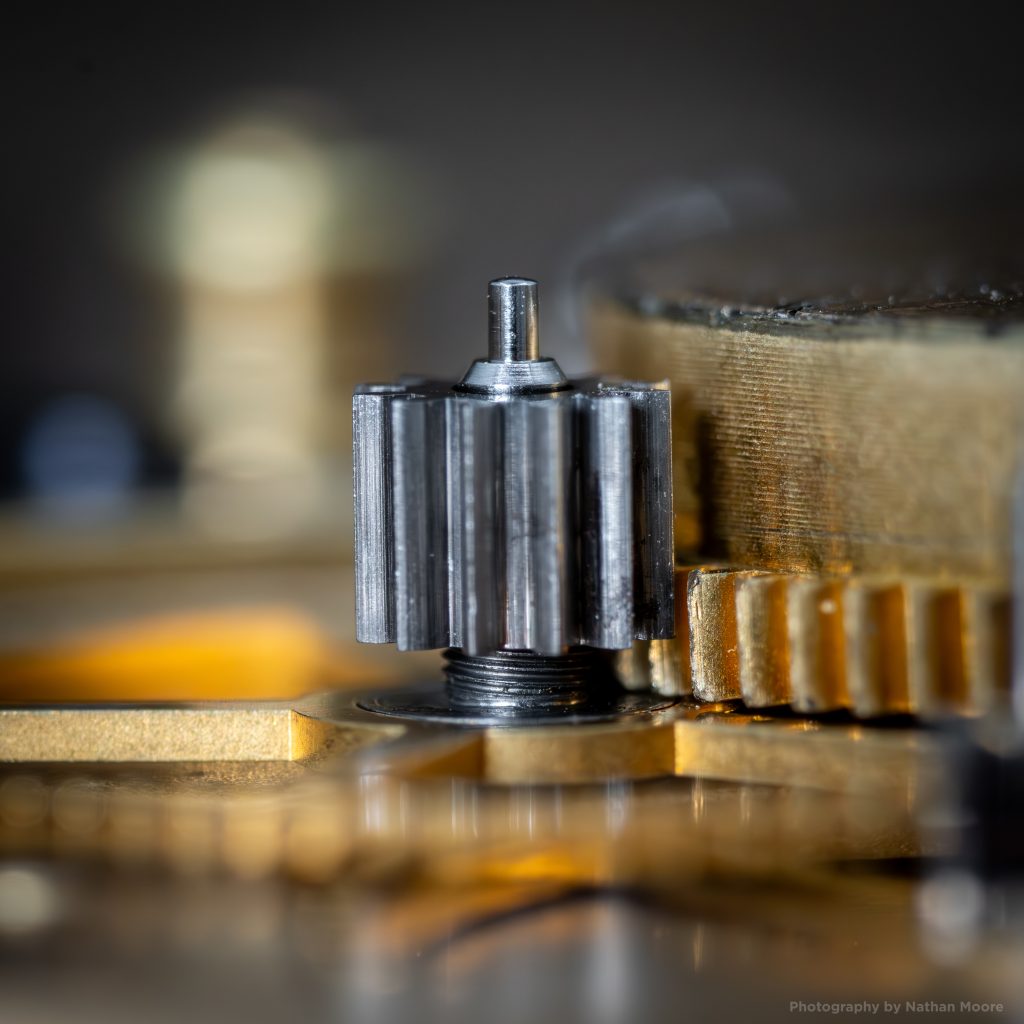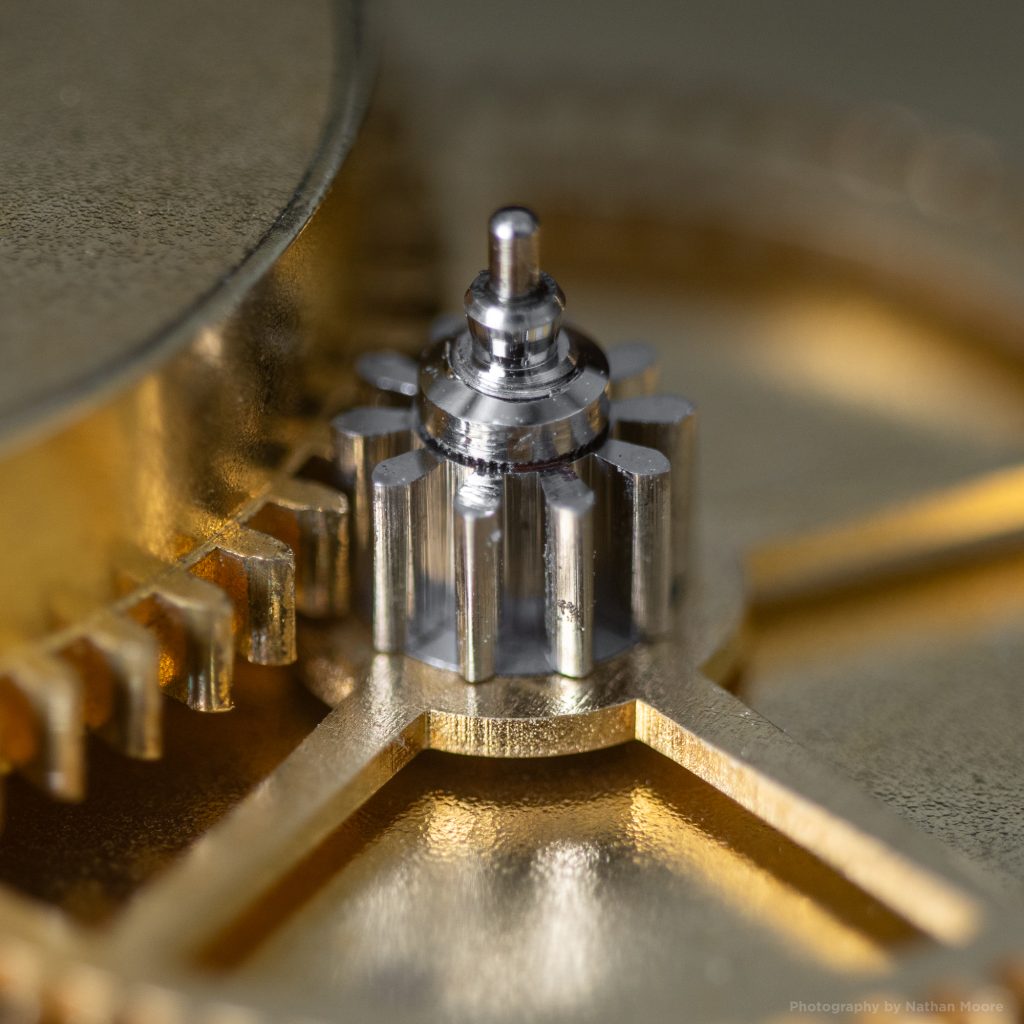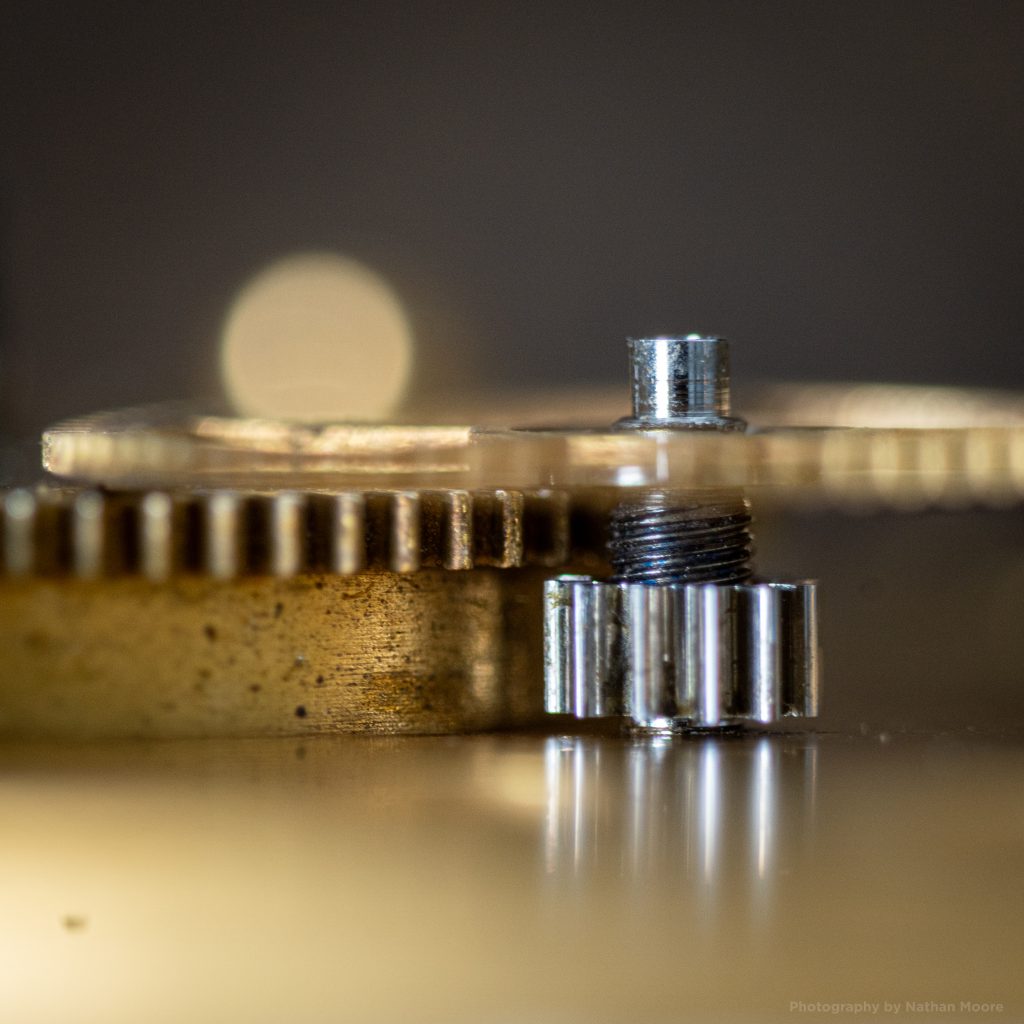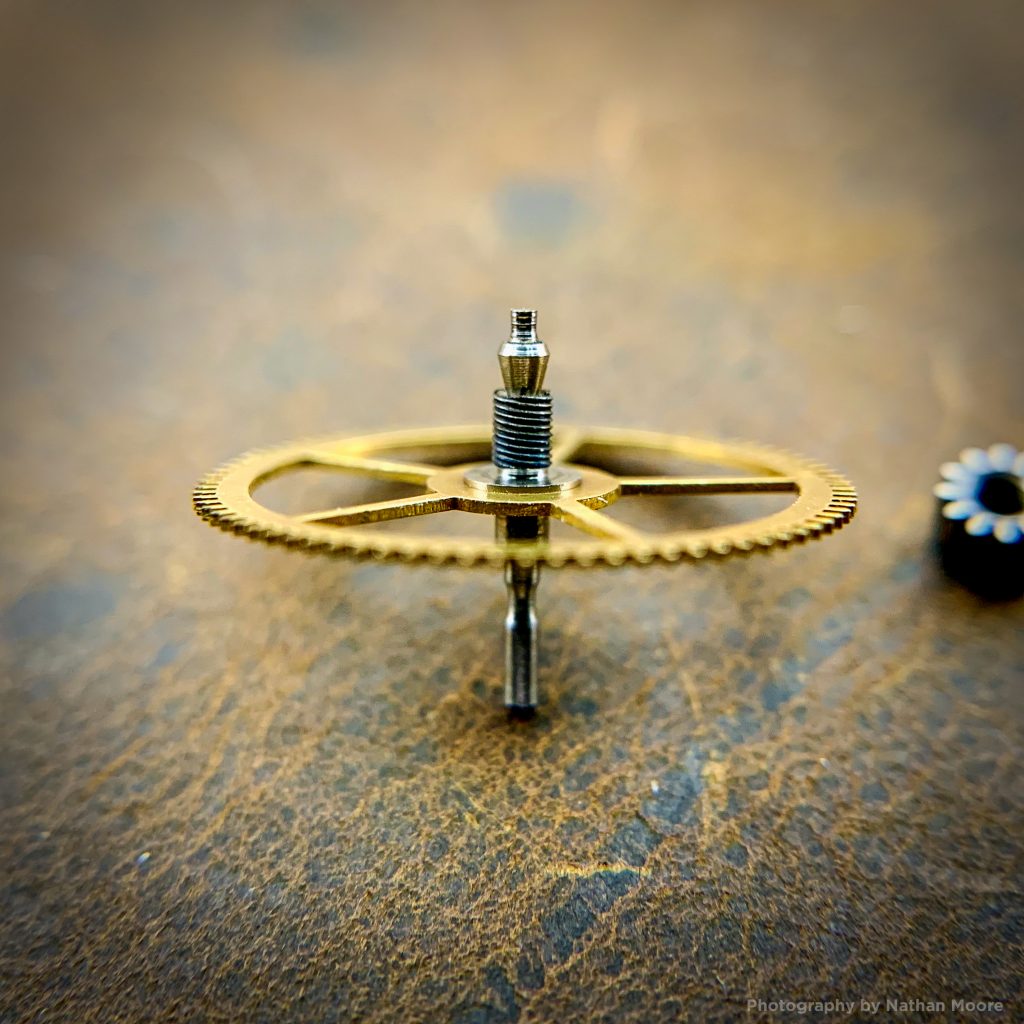
Fogg’s Safety Pinion

The power that allows a pocket watch to operate is provided by the mainspring. This large spring is coiled tightly inside the mainspring barrel as the watch is wound. Once.
By 1868, the American Watch Company in Waltham, Massachusetts, had built the foundation for the watch industry in the United States and secured a place as the premier leader in.
Before Fogg's patented safety pinion entered the public domain in 1882, new watch companies were compelled to prioritize the development of their own unique safety pinion design. When the Illinois.
The safety pinion was one of the most pivotal inventions to impact the America watch industry. The ability to protect the delicate watch parts from being damaged when a mainspring.
While Charles W. Fogg is generally credited with creating the first safety pinion in America, Merritt Burt actually secured a patent for his safety pinion design a few months before.

